“nous ne pouvons rien être sans jouer à l’être”
J. P. Sartre
“we cannot be anything without playing at being it”
What is Game-Based Learning?
New ideas and concepts
We are living in an endless debate about the needs of a new generation and the methods and instruments that schools should provide in order to satisfy those needs.
Every year, teachers must face new terms, ideas, and concepts that pop up as if they were the only definitive solution to all the problems in education.
The truth is education is not a problem to solve, and there is no anyone or a unique solution that will improve the teaching-learning process entirely.
The key is to diversify, to try out different solutions, and to analyze the results.
Incorporate games into education
One method that can be easily used in the classroom is Game-Based Learning (GBL).
The results of using this teaching strategy have proven that incorporating games is highly effective because they can facilitate and encourage student motivation (obviously, and without a doubt, keeping students motivated is one of the main problems that teachers must confront in the classroom).
If you wish to find out more about new methodologies and tools to help motivate your students, check out our teacher training courses.
But what is GBL? According to EdTechReview, “Game-Based Learning is designed to balance subject matter with gameplay and the ability of the player to retain and apply said subject matter to the real world.”
Acer for Education, an education-oriented software company, is currently working hard to develop and combine innovative methods with technology in education. They claim that GBL is: “an effective method for making students work toward a goal, allowing them to learn through experimentation, practicing behaviors and thought processes that can be easily transferred from a simulated environment to real life.”
It could be said that GBL is basically a game and games are one of the earliest ways people engage in learning; babies and kids play games to discover the world and to learn.
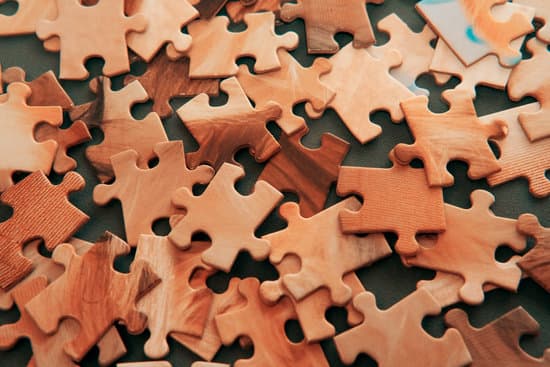
So why, when we reach a certain age, do we stop playing? Why do we find so few examples of games in secondary school and higher education? And, why do most of us stop playing games when we grow up and find a job in a company? If you think about yourself or other adults, you probably know that people enjoy playing games of any sort.
Basically, GBL is a strategy that uses the idea of a playing game to reach specific learning objectives, whether they belong to knowledge, skills, or attitudes.
In a history class, for example, students can recreate a medieval environment, write a dialog between characters, and act out some scenes according to medieval behaviors following the rules of a game.
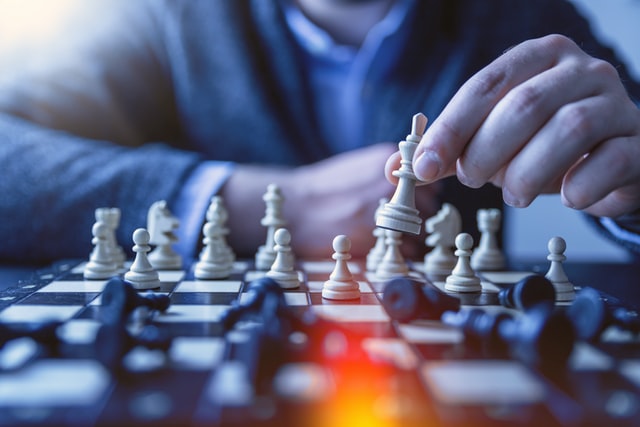
Game-Based Learning vs Gamification
GBL is often confused with gamification, a term that is often heard in school environments. EdTechReview defines gamification as “the application of game elements and digital game design techniques to non-game problems, such as business (growing in education technology) and social impact challenges.”
So-called “game elements” can be points, achievements, badges, and leaderboards. Basically, they are used as extrinsic motivational tools in traditional classroom activities.
The line between GBL and gamification is sometimes very thin; the elements of gamification are normally present in a GBL activity, not vice versa.
GBL usually includes a game-like environment and practice of the learning content through activities like theatre and role play.
In GBL, the learning process comes as a result of playing the game. Gamification, instead, is about inserting some elements of a game into traditional activities.
Although Quizzes can be considered an example of gamification, tools like web apps for creating quizzes, such as Kahoot or Quizizz, are not considered GBL.
They are just quizzes, a stack of questions, a story, or an environment without characters or rules.
Are you interested in digging deeper into the use of GBL and Gamification in the classroom or board game-based learning? Check out our teacher training course.
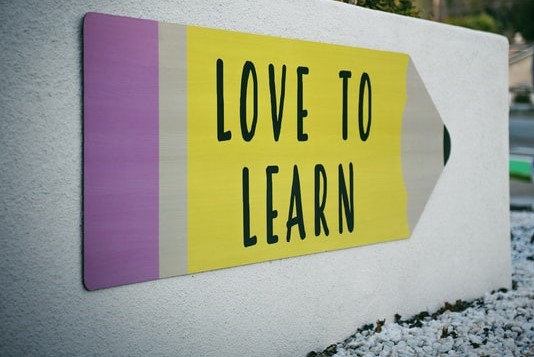
Different types of GBL
In order to understand GBL better, its different types can be examined along with taking the following into consideration: the place where the game happens, and the environment in which the students play. The three types of GBL are:
01 – Board games
Monopoly can be considered an educational game. It has all the necessary elements: a story, characters, points, competition, and many other aspects. There are many examples of Monopoly-like games for schools with modified rules for different subjects, like History Monopoly or Math Monopoly.
N.B. Also in the next 2 types, but especially in board games, preparation of the game (for example, the board and the rules) is really important. Students should be involved in the “building-of-the-game” phase because it can be highly instructive and motivating. Keep in mind that building an educational game can be a great Project Based Learning (PBL) activity.
02 – Real life games
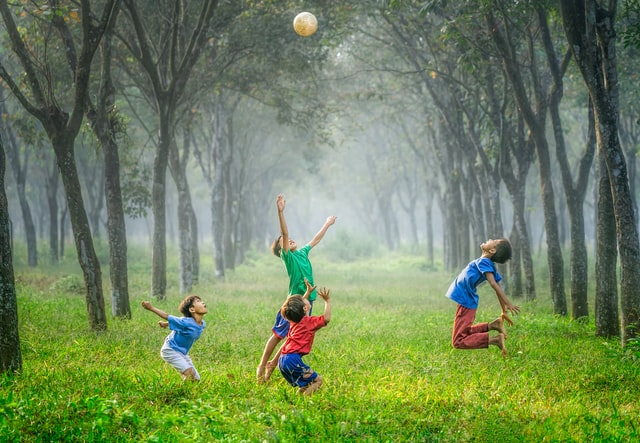
The environment here is the real world. This is probably the most motivating, but also the most stressful type of game. In this kind, students must move, act, and use their body and their minds in order to play. This is the most immersive type and it provokes students in almost every aspect of their learning.
Since there is the possibility to move into a certain space, the real-life game is often connected to the theatre. It’s easy to find role-play activities, as well as simulations or drama in this type of game learning. Students act “as if they were” a character of the game, and make decisions according to their goals, the environment, and the rules.
03 – Digital games
The environment here is online. Digital games can be compared to board games. In fact, a lot of digital programs for GBL use online boards that a teacher can edit or add educational content according to the topic that will be played. Also, in this type of game, students can be involved in the construction of the game, especially if the teacher is not able to manage online tools without their help. Students have a character (but not necessarily an account) that moves through the game where they face challenges that are placed along the game’s path. A digital game does not involve skills that are connected to the use of the body and the real space, but it can train students to collaborate in a different and virtual way.
An example of GBL from the Edutopia YouTube channel:
Why do we need more games
In many societies these days, people feel the need to prepare younger generations to adapt to different and fast-changing environments. In the past, knowledge of hard skills such as obtaining degrees or certificates was a guarantee for a job. Today, hard skills are still important, but they are not sufficient enough. For this reason, soft skills such as being able to communicate, engage in teamwork, and respect time management are also necessary. A school that completely overlooks soft skills is a school that is not educating its students to be happy and successful in their lives.
This is not the place to dig deeper into concepts like soft skills and emotional intelligence but it can be said that having interpersonal skills in empathy, listening, decision-making, critical thinking, and other aspects are more and more required in contemporary society and should be at the center of the curriculum in our schools.
If you’re wondering how these soft skills can be learned and practiced, GBL is one of the answers. Gamelearn, a well-known organization that connects games and learning at any level, recognizes that “Game-based learning has become the best solution for soft skills learning.”
Find more about how to use game-based learning to promote students’ ethical, social, and cognitive skills in our teacher training course and discover how to introduce your students to EU content with the course Teaching the European Union through Game-Based Learning. Our self-paced online course, which is entirely free, clarifies the principles of GBL and how to use it in everyday teaching.
What are the benefits?
01 – Motivation
We could say that if students were always motivated, teachers’ problems would disappear. Motivation is the key to good teaching and learning flow in the classroom. For this reason, GBL is very effective, as games are naturally motivating and engaging. Moreover, games provide something that can be described as “far from a traditional lesson” and they often include competition among students; which can raise the level of motivation in a classroom. Teachers can decide on the type of competition and create supportive teams to lower the level of stress among students.
It is important to also create and incorporate games according to the students’ ages, for example, teenagers can tend to lose their motivation if a game seems too childish. In order to avoid this, the teacher must prepare games according to their audience with content that matters to their students. Teachers should never be afraid of using games for learning and keep in mind that nobody is ever too old to play a game.
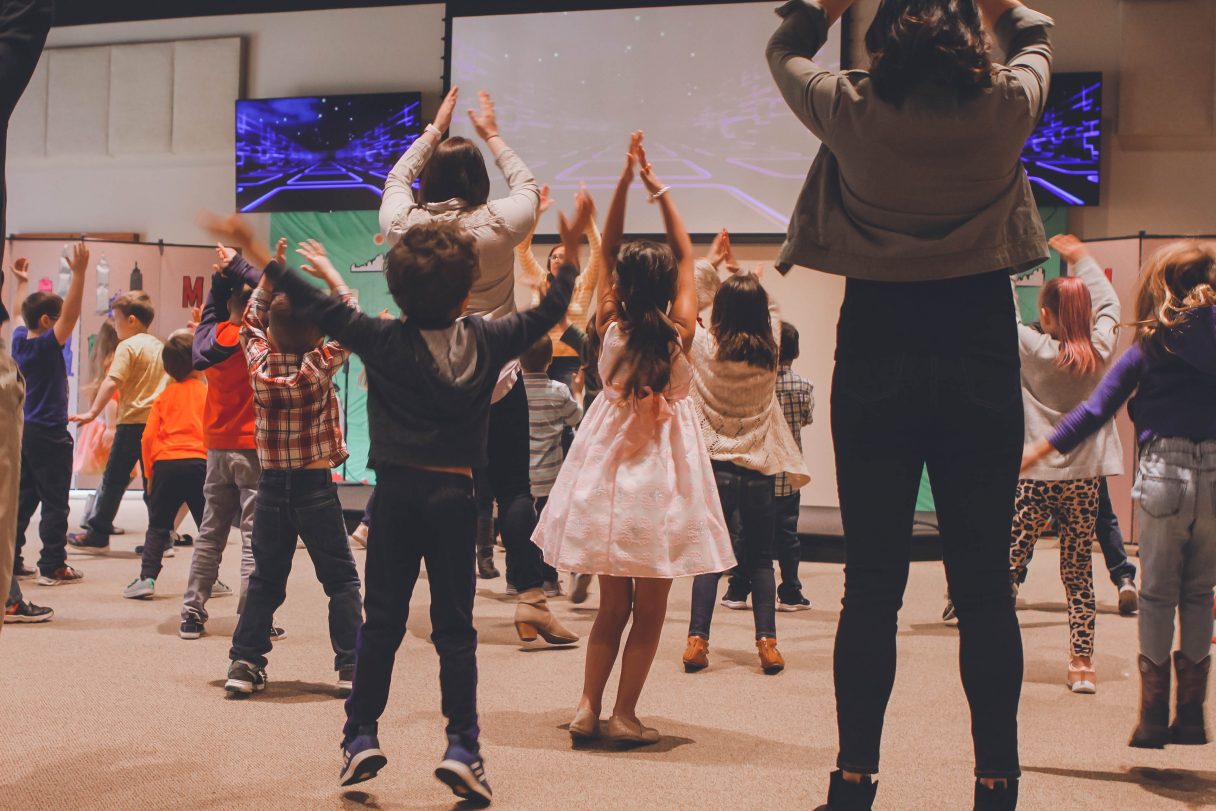
02 – Inclusion
Playing can challenge students and force them to step out of their comfort zone. For this reason, sometimes it can happen that some students don’t want to play certain roles. If this is the case, the teacher should not force those who do not want to play them. Fortunately, a GBL activity, whether it is complex or not, is made of different parts and different characters; there is no limit to the creation of the type of players and the kind of participation that is required. Students can be assigned the role of a supervisor who checks that everybody respects the rules of the game, a recorder who makes a video of the in-class activity, a reporter who collects results and/or describes how the game evolves, or a constructor who builds the game, etc. The point is roles and tasks can be differentiated to include all students.
03 – Student-centered
Games are naturally student-centered and students should be involved in the preparation of the game. If they are engaged and interested, they will accomplish tasks more willingly than with traditional activities. Usually, when teachers set up the goals and the rules, most students will work without any further explanation and teachers can monitor and assist their students.
If you wish to expand your knowledge on how to implement a student-centered classroom, have a look at our teacher training course.
04 – Critical thinking and decision making
These are two skills that can be practiced and learned, especially when engaging in role-play. When students are assigned to play specific characters in certain environments, they have to decide, on the spot, what to do in order to reach the goal.
Are you interested in finding out more about how to develop critical thinking skills in your students? Check out our teacher training courses.
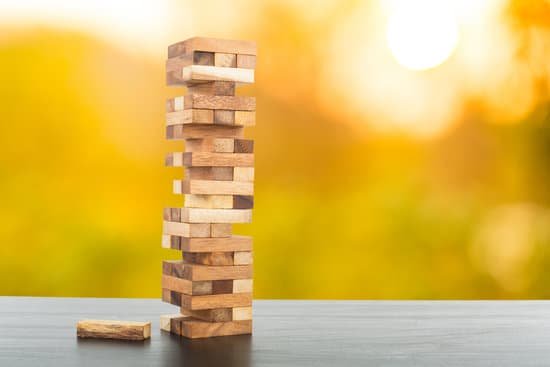
05 – Group work
It is not difficult to understand why a game is highly suitable for team and group work. Unity is strength and everyone loses or wins when they play a game together.
If you wish to know more about how to use collaborative and cooperative learning strategies in the classroom, have a look at our teacher training course on the topic.
06 – Creativity
GBL and games are effective tools for fostering creativity, especially if students are involved in the construction of the game. Imagination has no limits. Teachers can leave opportunities inside of a game where students can fill in the blanks with their own solutions and ideas.
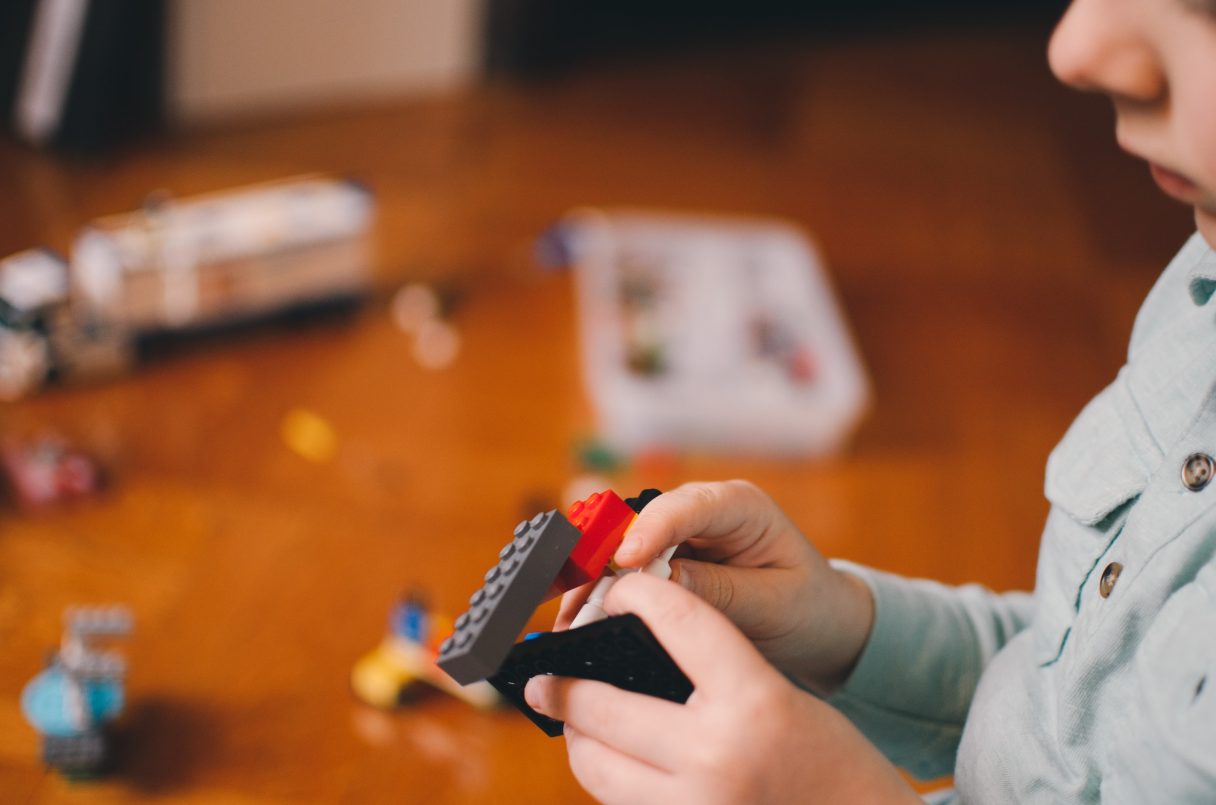
A couple of recommendations
Remember, when a game is played in the classroom, it is a useful way to learn. Games are tools that can be used to learn with fun and they can become part of productive school time. Games do not have to be played only as a reward or a pastime activity.
Teachers who incorporate games know and understand this, but students may not. It is of vital importance to explain this concept to students by reminding them that they are playing, but still working (and learning) too.
Here are two recommendations for making an effective GBL activity and keeping students focused on their learning, not just on their fun.
1 – A final product
Students must see concrete results for their efforts. If they create a game and then play it, assessment or feedback should be part of it. Feedback can come from another class, from parents, or from the community, and can be based on the creation of a leaderboard, a video of the game, or the launching of the game on a webpage, etc.).
This concept is valid for any in-class activity but is especially valid for GBL.
2 – The assessment
Remember to give students, during (formative) the game or at the end (summative) assessment, which can come from the teacher, a peer, or through student self-assessment.
Anything that is done before, during, or after a game can be discussed, analyzed, and revised in order to get the most out of a GBL activity.
In this way, teachers add extrinsic motivation by providing students with tools to help them understand that is important to have fun, but it is also important to know how to do things properly.
What is your experience with Game-Based Learning? What kinds of games have you incorporated into your classroom? Do you think games are motivating? Let us know your thoughts and share any other ideas about including games and/or game-based learning in your classroom by commenting below.
References:
—————————————————————————————————————————————-
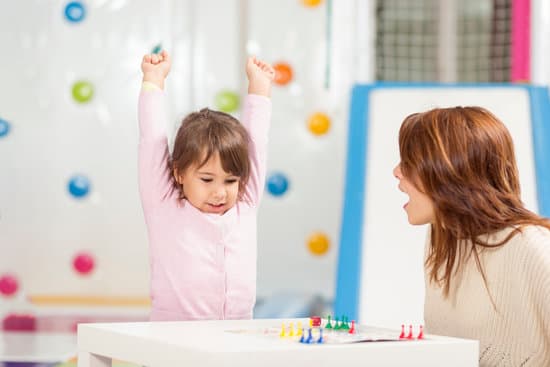

Hi Iacopo:
Nice article with very good suggestions. I rreally enjoyed the board games, mainly because they can be built by the students. There are lots of skills and learning involved as they have to create and show their learning. I am going to try.
I have already tried the freeze frame activity. Do you have any suggestions for this type of activity?
Thanks for everything.
Take care,
Maria Luísa Veiga
Hi Maria Luísa,
in my opinion the freeze frame activity is an excellent strategy with students of any age.
It can be even more effective if you manage to use it with the “action clip” or the “thought tracking” techniques.
You can have an idea checking this web site that is a great resource for drama and role plays:
https://dramaresource.com/
Ciao Iaco!
Thanks for the enlightening article. Personally, I have never implemented games in my lessons because I don’t clearly see how to do it. I see having around 30 students in class as an obstacle to successfully implement these games. However, after reading the article, I believe the idea of elaborating a final project based on real life games could be a first step to check if students like it or not and if they’re really learning in an effective way.
I hope everything is OK back in Florence!
Take care
Maria Jose
Hi Maria José,
thanks for your answer. It’s true the high number of students per class is one of the main problems regarding the education in our countries.
Hope you’ll have the possibility to try out some of these activities.
Take care.
Hi Iacopo:
Thank you for your suggestions.
Take care,
Maria Luísa